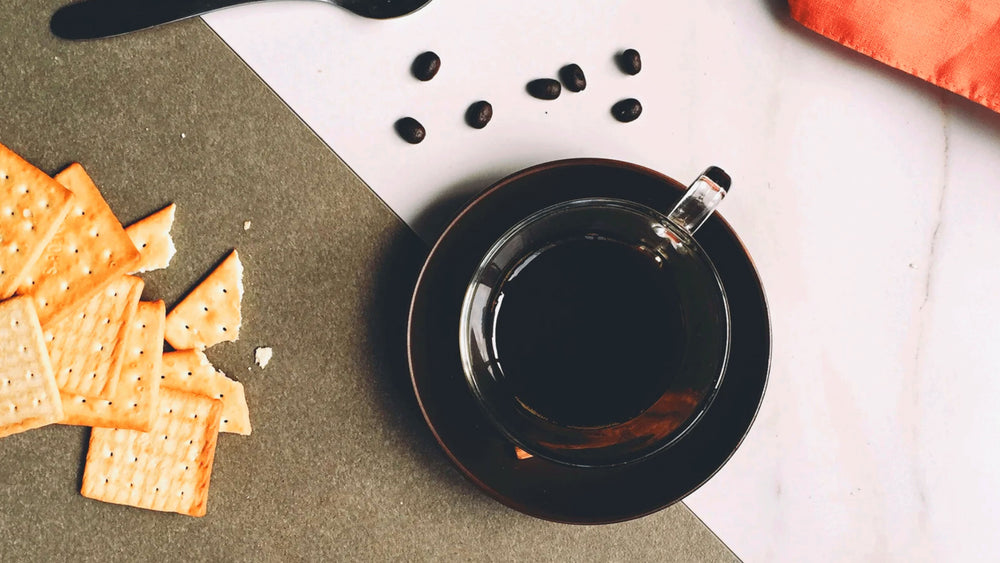Espresso is more than just a quick caffeine fix; it is a complex beverage that embodies the art and science of coffee brewing. Understanding the parts of an espresso can enhance your appreciation for this beloved drink. In this article, we will delve into the essential components that make up a perfect espresso.

1. The Coffee Beans
The foundation of any espresso lies in the quality of the coffee beans. Typically, espresso is made from Arabica or Robusta beans, each contributing unique flavors and characteristics. Arabica beans are known for their sweetness and acidity, while Robusta beans offer a stronger, more bitter taste. When selecting beans, consider the roast level, as it significantly impacts the final flavor profile.
2. The Grind Size
The grind size is a crucial element in the brewing process. A fine grind is essential for espresso, as it allows for optimal extraction during brewing. If the grind is too coarse, the water will flow through too quickly, resulting in a weak and under-extracted shot. Conversely, a grind that is too fine can lead to over-extraction, producing a bitter taste. How do you determine the perfect grind size? Experimentation is key, as different beans and machines may require slight adjustments.
3. The Brewing Pressure
Espresso is brewed under high pressure, typically around 9 bars. This pressure is vital for extracting the rich flavors and oils from the coffee grounds. If the pressure is insufficient, the espresso will lack the desired crema and flavor complexity. Conversely, excessive pressure can lead to over-extraction. Understanding the importance of brewing pressure is essential for mastering the parts of an espresso.
4. The Water Temperature
The temperature of the water used in brewing espresso should ideally be between 190°F and 205°F. Water that is too hot can scorch the coffee, while water that is too cool will not extract the flavors effectively. Maintaining the right temperature is crucial for achieving a balanced and flavorful espresso shot.
5. The Extraction Time
Extraction time refers to how long the water interacts with the coffee grounds. A typical espresso shot should take about 25 to 30 seconds to extract. If the extraction time is too short, the espresso may taste sour; if it is too long, it may taste bitter. Monitoring extraction time is essential for perfecting the parts of an espresso.
6. The Crema
Crema is the golden, frothy layer that sits atop a well-pulled espresso shot. It is formed by the emulsification of oils and gases during the brewing process. A good crema indicates a well-extracted espresso, contributing to both the aroma and flavor. If you want to learn more about achieving the perfect espresso, check out these perfect espresso making tips.
Conclusion
Understanding the parts of an espresso is essential for anyone looking to appreciate or create this exquisite beverage. From the quality of the coffee beans to the intricacies of brewing, each component plays a vital role in the final product. By paying attention to these details, you can elevate your espresso experience and enjoy a truly remarkable cup.








